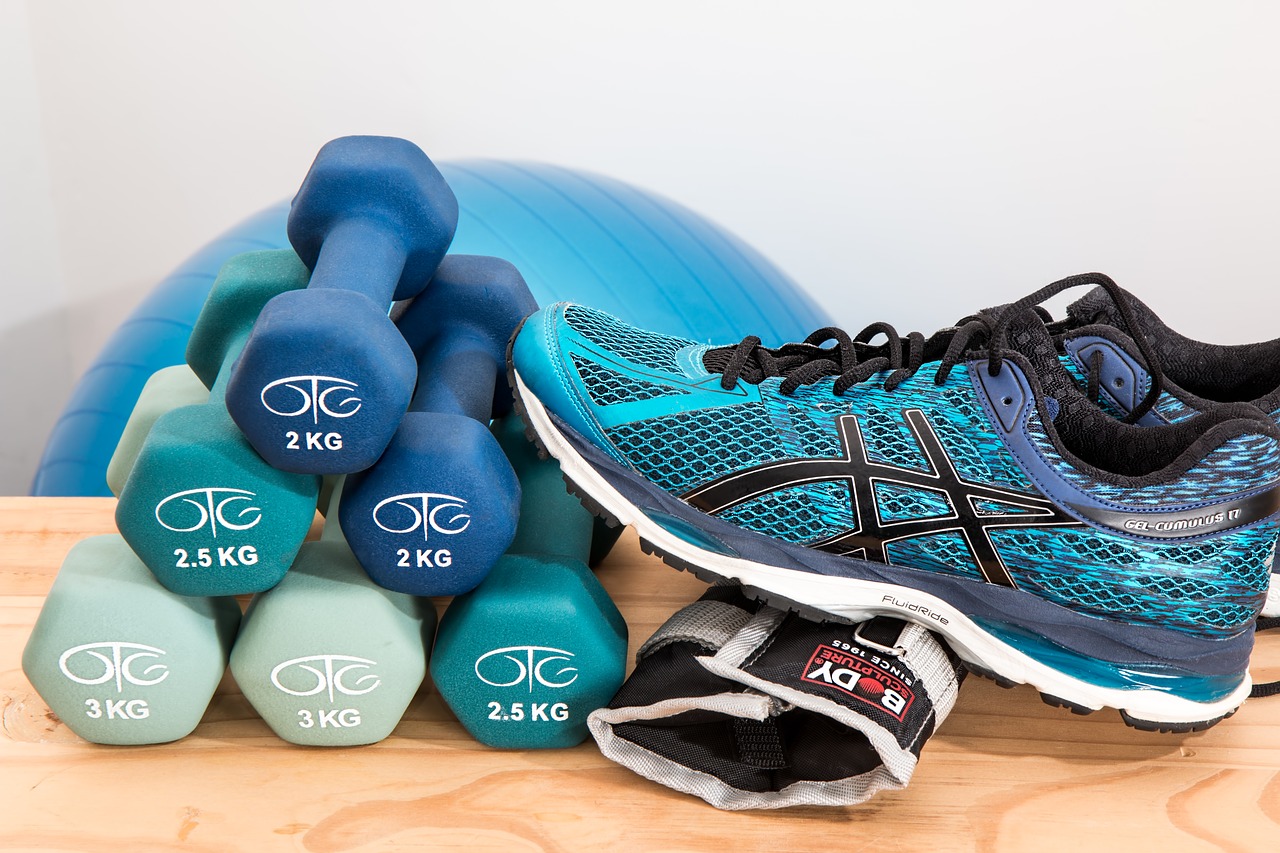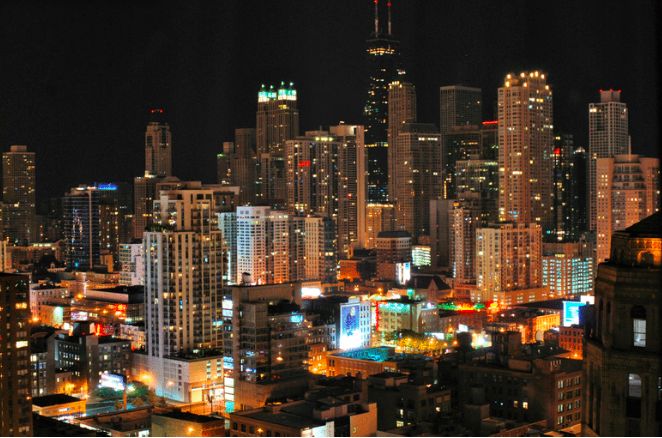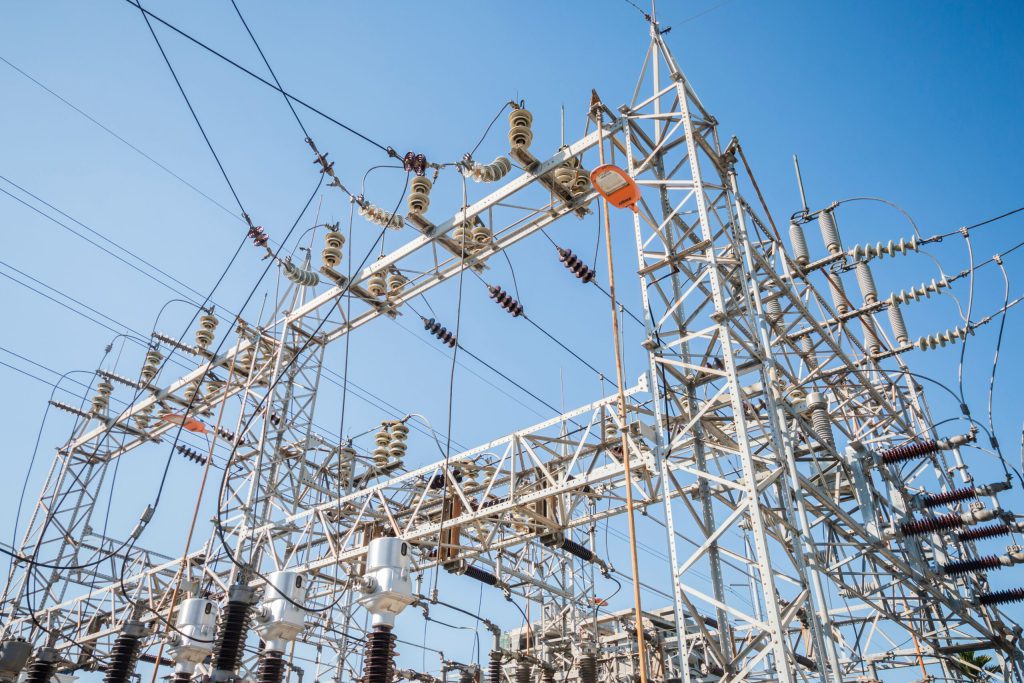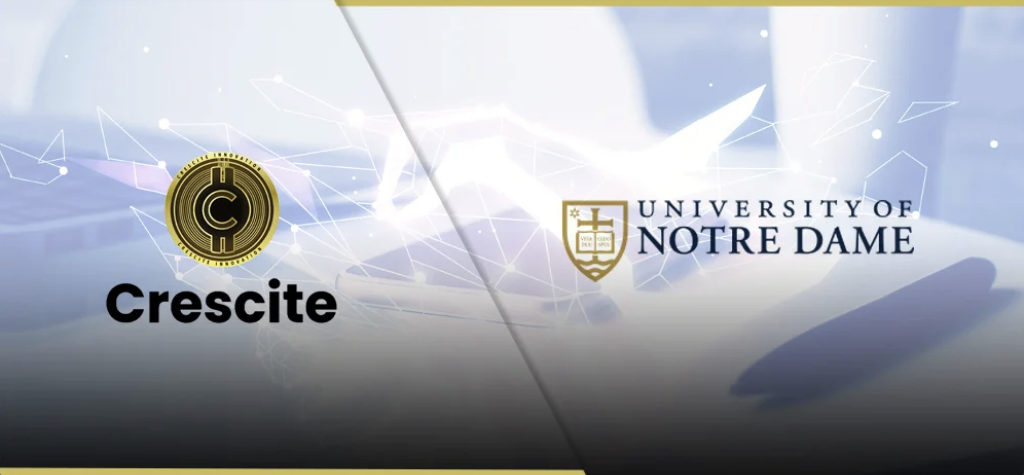Throughout the United States, the opioid crisis has spread like an epidemic, damaging communities and families in almost every state. Unfortunately, many Midwest states, such as Illinois and Ohio, have been hit hard. In Illinois, emergency rooms witnessed a 66% increase in opioid overdose visits last year, according to a recent report that heroin and prescription painkiller abuse is becoming increasingly prevalent among certain states. Fortunately, there are a number of methods which are showing signs of reducing the crisis. As previously mentioned in Techli, bioelectronics could be used to help tackle the current crisis, along with medical marijuana which has shown signs of slowing opioid use in some states. In addition to these two alternatives, physical therapy could be a preventative measure utilized to decrease addiction in the US, especially with regards to painkillers. To get a better idea of how physical therapy might be able to help, we spoke with Noam Sadovnik, the CEO & Founder at CLINICUBE INC, a leading NYC medical clinic which recently opened a new medical co-working facility and practice accelerator.

Noam Sadovnik, the CEO & Founder at CLINICUBE INC










